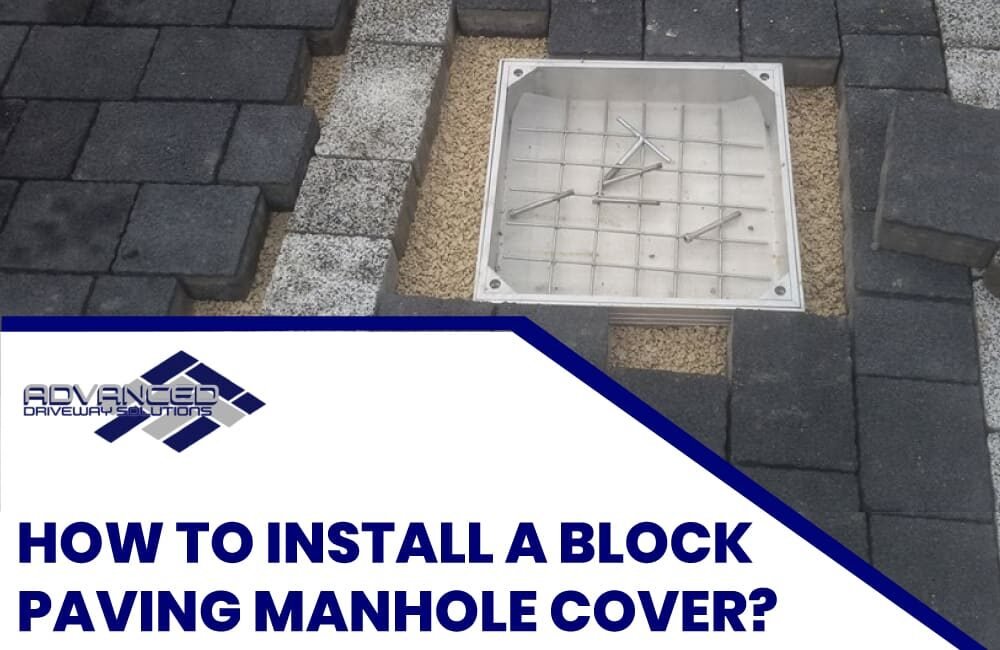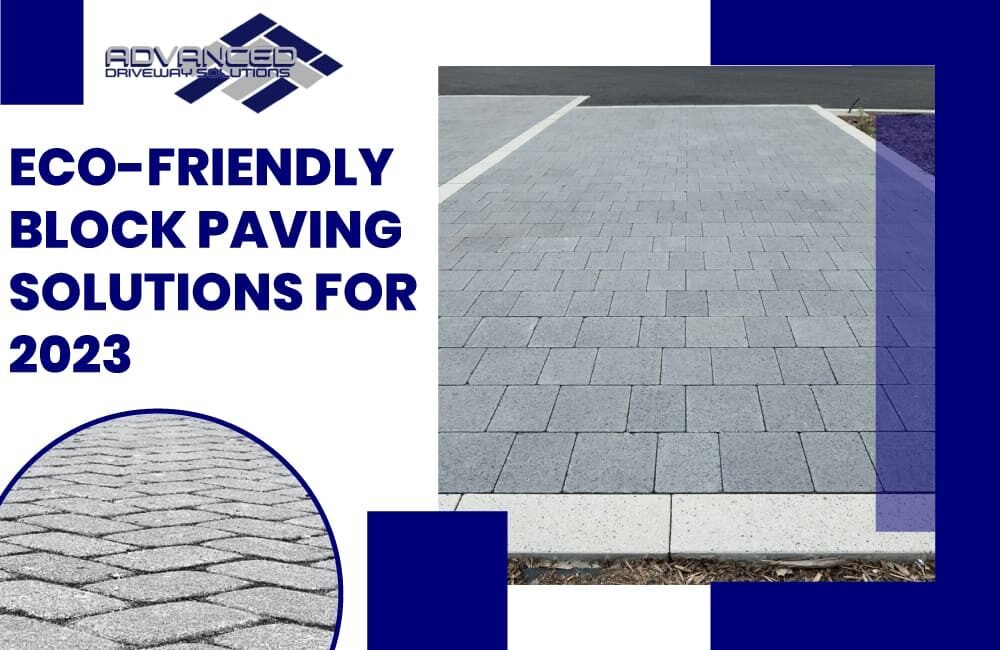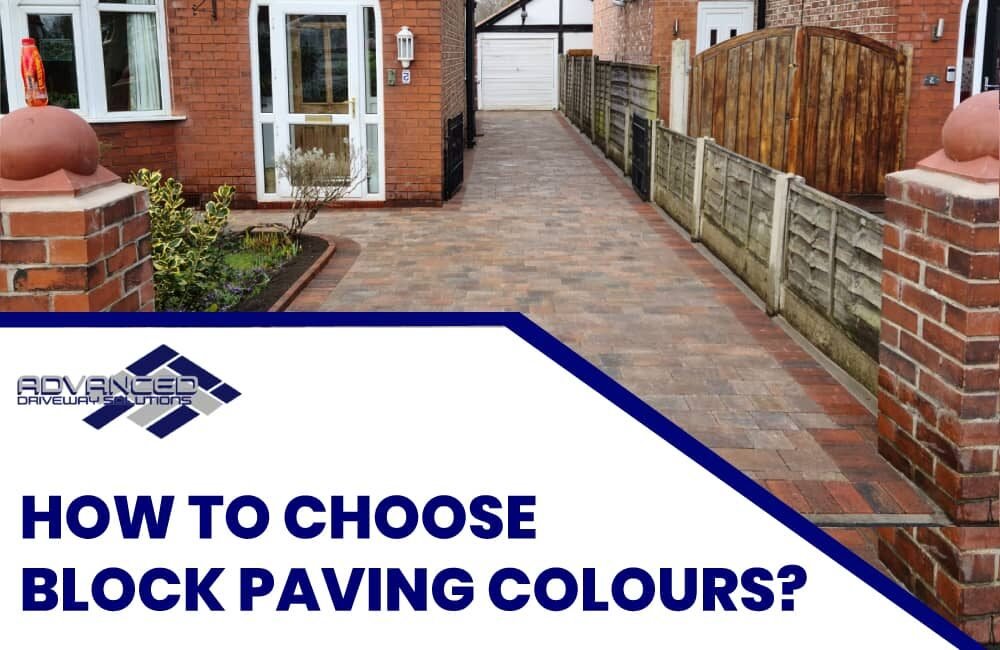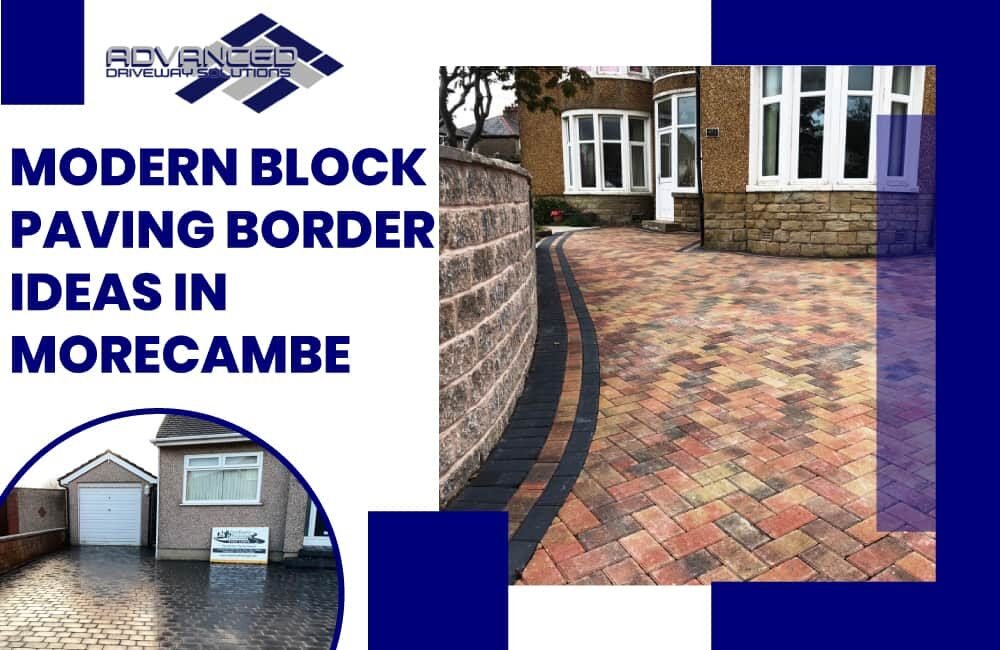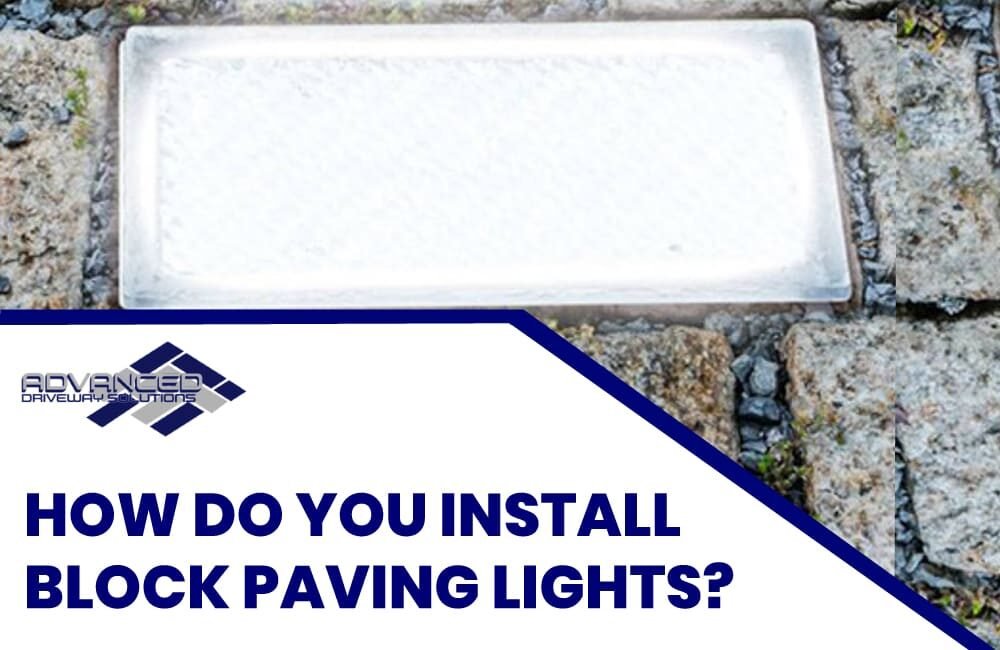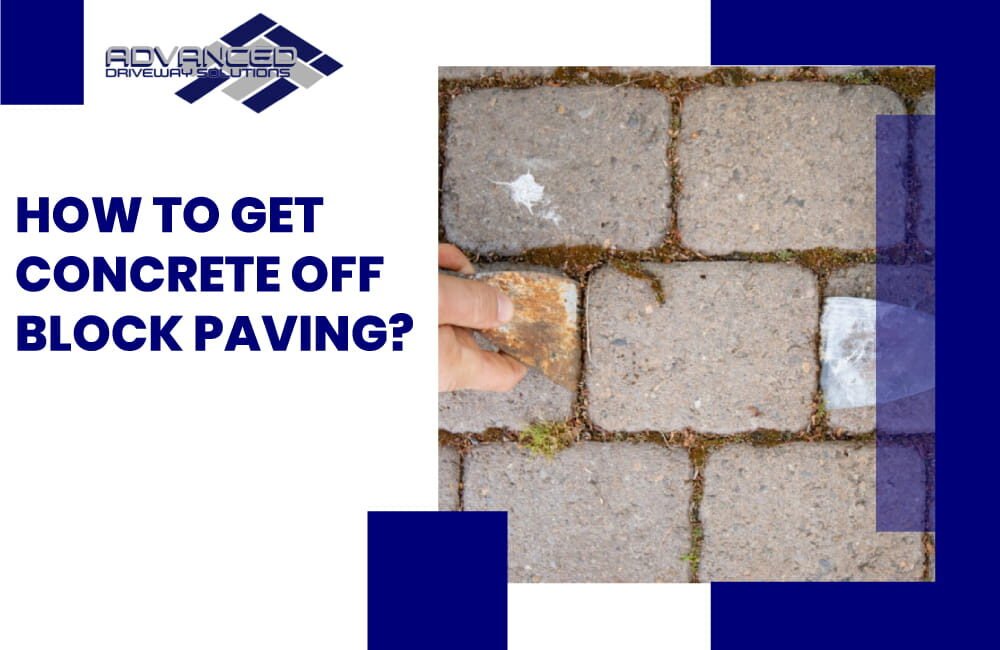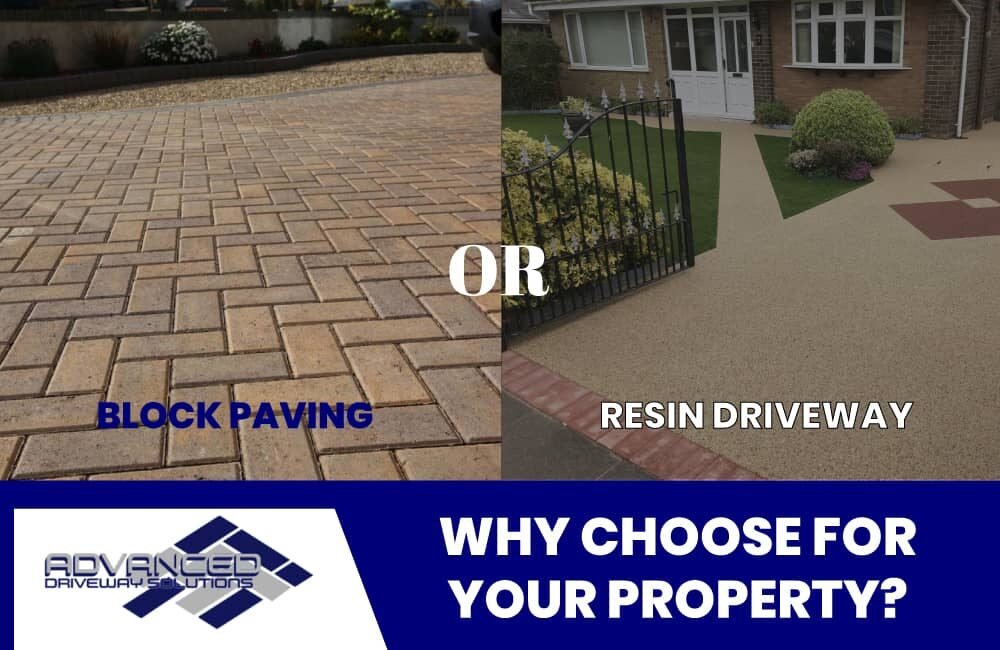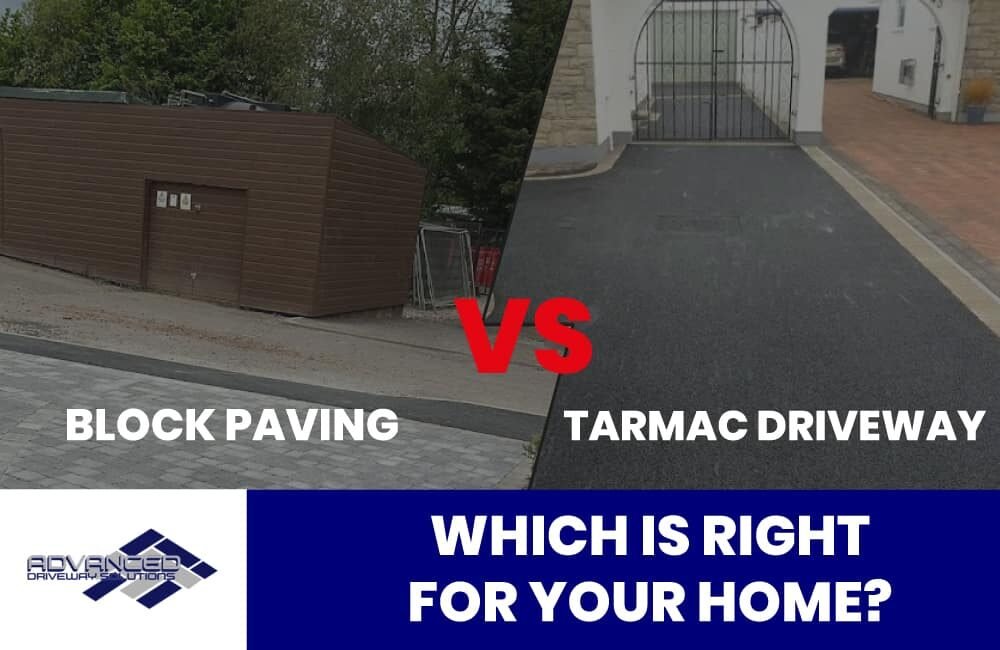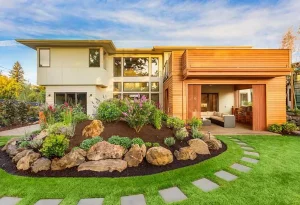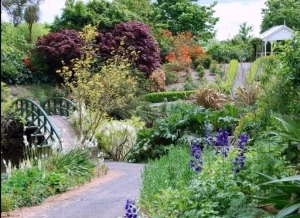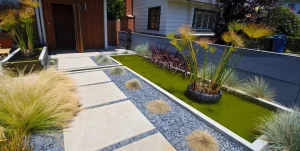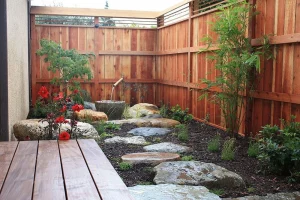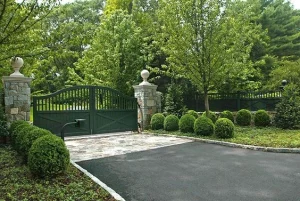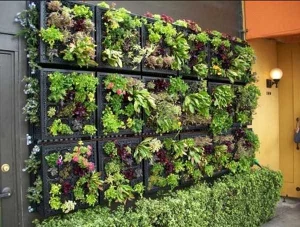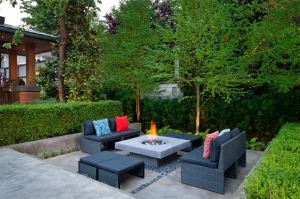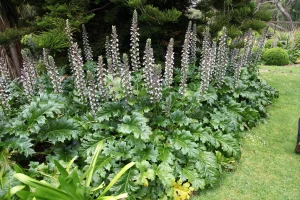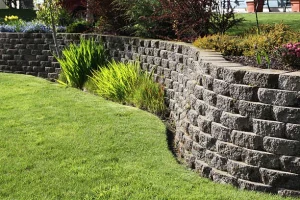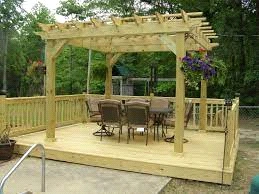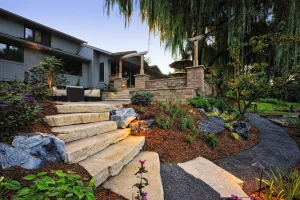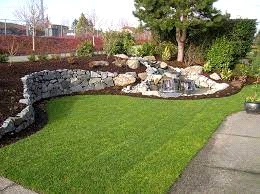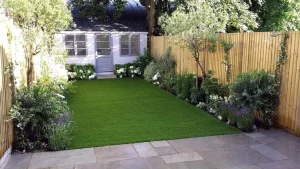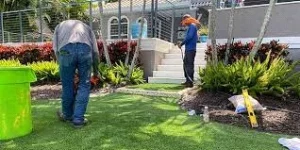How To Install a Block Paving Manhole Cover?
Block paving manhole covers, while often overlooked, are crucial components of urban infrastructure and home improvement projects. These innovative covers provide safety and ensure access to essential utilities by covering openings in streets and pavements. Learn How To Install a Block Paving Manhole Cover?
Traditional metal manhole covers have long been standard, but block paving manhole covers offer an aesthetic and functional upgrade. They integrate smoothly into the surrounding pavement, preserving the visual flow with their ability to match the design of your driveway or street. This type of manhole cover elevates customization possibilities, offering a solution that doesn’t disturb the continuity of your landscape but rather enhances it.
Let’s explore the detailed installation process to maintain the integrity of your picturesque surroundings.
What is a Block Paving Manhole Cover?
A block paving manhole cover is a specialized type of manhole cover designed to integrate seamlessly with block-paved surfaces, such as driveways or patios. Instead of the traditional solid metal or concrete covers that visibly contrast with their surroundings, these covers have a recessed tray.
This tray allows for the same block paving material that surrounds the manhole to be laid within it, creating a uniform appearance. When properly installed, the manhole becomes almost invisible, blending in harmoniously with the rest of the paved area, ensuring a consistent and uninterrupted pattern across the surface.
Tools and Materials Needed
For installing a block paving manhole cover, having the right tools and materials is essential to ensure a smooth and effective installation process.
Here’s a list of what you’d typically need:
Which Tools Do I Need to Pave Over a Manhole Cover?
- Measuring Tape
- Spirit Level
- Trowel
- Rubber Mallet
- Block Cutter or Angle Grinder
- String Line
- Soft Broom
- Protective Gear
Which Materials Do I Need to Pave Over a Manhole Cover?
- Block Paving Manhole Cover Kit
- Block Paving Stones
- Sharp Sand or Bedding Mortar
- Jointing Sand
- Edge Restraints
- Compaction Plate
Pre-Installation Preparation Of Block Pave Over Manhole Cover
Pre-Installation Preparation for a manhole cover installation is a crucial step to ensure the safety and functionality of the manhole system. Here’s a detailed breakdown of the key tasks involved:
- Contact utility companies for underground utility information.
- Set your budget.
- Use utility maps to locate utilities precisely.
- Visually inspect for obstructions.
- Accurately measure the manhole’s dimensions.
- Select a cover that matches the manhole’s size.
- Excavate and level the base area.
- Compact the base material thoroughly.
- Add bedding material for stability.
Step-by-Step Installation Guide Of Block Paving Manhole Cover
Consider the following steps for a successful and beautiful Block Paving Manhole Cover.
Step 1: Prepare the Area
- Locate the manhole or inspection chamber that needs the cover and remove the old cover if present.
- Clean the area around the manhole thoroughly, removing any debris, dirt, or loose paving blocks.
Step 2: Measure the Opening
Measure the dimensions of the manhole opening accurately. Ensure you take both the length and width measurements.
Step 3: Choose the Manhole Cover
Select a block paving manhole cover that fits the measurements you’ve taken. It should be the appropriate size to cover the opening.
Step 4: Prepare the Bedding
- Excavate the area around the manhole to a depth slightly below the desired final level. Typically, a depth of around 15-20 cm (6-8 inches) is sufficient.
- Create a solid and level bedding layer using sharp sand or a sand-cement mix. This layer should be compacted and levelled using a spirit level.
Step 5: Install the Manhole Cover
- Place the block paving manhole cover in the centre of the opening, ensuring it fits snugly and sits level with the surrounding paving.
- Use a rubber mallet to gently tap the manhole cover into place, making sure it is flush with the surrounding pavers.
Step 6: Cut and Lay Blocks
- If the manhole cover doesn’t align perfectly with the existing block paving, you may need to cut some paving blocks to fit around it.
- Use a saw or a block splitter to cut the blocks accurately, ensuring they match the pattern of your existing paving.
- Lay the cut blocks around the manhole cover to create a seamless look.
Step 7: Fill the Gaps
- Fill any gaps between the manhole cover and the surrounding blocks with sand or a sand-cement mix.
- Brush the sand into the gaps and use a trowel to compact and level it.
Step 8: Compact and Finish
- Compact the entire paved area around the manhole cover using a compactor or a hand tamper. This will ensure the blocks are secure and level.
- Finish by sweeping fine sand or jointing compound over the entire paved surface to fill any remaining gaps between the blocks.
Step 9: Clean Up
- Remove any excess sand or debris from the surface of the blocks.
- Clean the manhole cover and the surrounding area to ensure it looks neat and tidy.
Step 10: Final Check
Use a spirit level to double-check that the manhole cover and the surrounding blocks are perfectly level.
Make any necessary adjustments if they are not.
Your block paving manhole cover should now be securely and aesthetically installed. Following these steps carefully is important to ensure a professional and long-lasting result.
How to Do Maintenance and Care of Block Paving Manhole Cover?
Maintaining and caring for a block paving manhole cover ensures its longevity and retains its aesthetic appeal.
Here’s a guide on how to do so:
- Inspect for damage or wear periodically.
- Sweep off dirt and debris.
- Remove weeds from joints.
- Re-sand joints if necessary.
- Apply a sealant for protection.
- Avoid heavy vehicles over the cover.
- Repair any loose or damaged blocks quickly.
- Consult a professional for significant issues.
When to Consider Replacing or Refurbishing?
Knowing when to replace or refurbish is crucial for longevity and safety. Over time, wear and tear, discoloured blocks, cracks, or uneven surfaces can hint at needed intervention. Persistent pooling of water, difficulty accessing the manhole, or a noticeable decline in aesthetic appeal are clear indicators.
Instead of waiting for full deterioration, proactive assessment and action can save costs and prevent hazards. Regularly inspecting and addressing minor issues promptly ensures functionality while maintaining curb appeal.
FAQs
How Long Does It Take to Install a Block Paving Manhole Cover?
The installation time for a block paving manhole cover typically ranges from a few hours to a full day, depending on the size of the cover, site conditions, and one’s experience with the process. It’s always best to allocate more time than estimated to account for any unforeseen challenges.
Can I Use Any Type of Block Paving?
While most block paving types can be used with manhole covers, it’s essential to ensure that the blocks fit securely within the recessed tray of the cover. It’s advisable to use blocks that match the thickness and style of the surrounding paving for a seamless finish. Always check the manufacturer’s recommendations for compatibility.
How Often Should I Check the Manhole Cover For Damages?
It’s a good practice to inspect your manhole cover for damages at least twice a year. However, consider checking it quarterly if the area sees heavy traffic or is exposed to extreme weather conditions. Regular inspections help identify and address minor issues before they escalate, ensuring longevity and safety.
How To Install a Block Paving Manhole Cover | Conclusion
Block paving manhole covers have revolutionized the aesthetics and functionality of urban and residential settings. Their seamless integration with the surrounding pavement offers a uniform appearance and reduces potential tripping hazards associated with traditional raised covers. While straightforward, the installation requires attention to detail, the right tools, and, occasionally, a full day’s work.
Regular maintenance and timely inspections, at least biannually, are crucial. Doing so can identify minor issues before they escalate into more significant problems, ensuring the manhole cover’s longevity and continued aesthetic appeal. Investing time in regular checks and care ensures that they remain functional elements in a landscape and visual assets that enhance overall property value.





